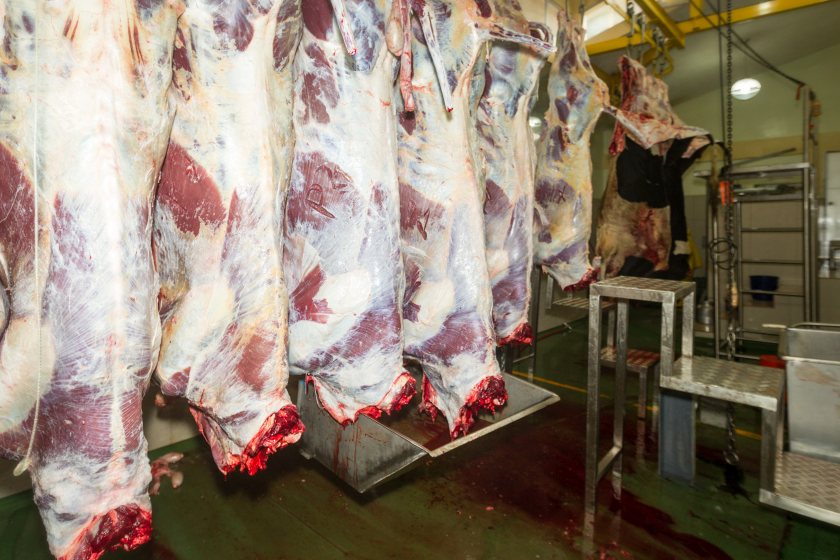
A sharp decline in smaller abattoirs is reshaping the beef and lamb supply chain, with major implications for farmers, rural communities and consumers.
In a new report, researchers at AHDB warn that the shift is squeezing smaller processors while leaving the industry more exposed to disruption.
The sector – covering abattoirs, cold storage facilities, cutting plants and other processing sites – remains a critical link between livestock producers and consumers.
According to the Food Standards Agency, the UK meat industry supported around 50,000 farmers and employed 97,000 people directly in 2023.
It also underpins interconnected sectors such as dairy, which supplies more than half the cattle slaughtered for beef in Great Britain.
Between 2019 and 2024, the number of English abattoirs processing cattle fell by 16%, while those handling sheep dropped by 15%.
Most of this decline has come from small and medium-sized plants, with larger facilities increasing their share of throughput.
In 2024, almost half (46%) of all cattle slaughtered took place in just 13 of the largest abattoirs. By contrast, the smallest 50 accounted for only 3%.
The sheep sector is even more concentrated, with 62% of sheep processed in 23 large plants, while the smallest 27 handled just 1%.
This restructuring reflects broader livestock trends. Between 2019 and 2024, cattle slaughter in Great Britain rose by 5.4% to 2.2 million head, whereas sheep slaughter declined by 13% to 11.4 million.
While consolidation brings economies of scale, the report warns that relying on fewer sites for slaughter, cold storage and processing also raises the risk of disruption.
Annabel Twinberrow, livestock and retail and consumer analyst at AHDB, explained: “Despite overall capacity being maintained, the closure of small abattoirs is detrimental to the wider supply chain.
"As well as the social and welfare benefits they bring, smaller and localised abattoirs provide vital business to farmers, butchers and rural communities, including private kill services that support direct sales to consumers.”
The study emphasises the importance of facilities such as cold storage and cutting plants in balancing supply and demand, particularly for lamb, where demand fluctuates throughout the year.
Greater integration can improve efficiency and coordination but also concentrates risk, according to the levy organisation's report.
It suggests both large and small processors can adapt to the evolving landscape. Large abattoirs are increasingly investing in automation and technology to address labour shortages and drive efficiency.
Smaller plants, meanwhile, have opportunities to diversify their services and strengthen ties to local markets.
Ms Twinberrow added: “Small abattoirs should make the most of their unique selling points and communicate their benefits.
"While expanding capacity may be costly, offering additional services – such as opening a butcher’s shop – can create new income streams.
"Collaboration with larger processors could also provide access to butchery training, waste management and transport resources.”
The report concludes that a resilient processing sector is vital for safeguarding food security and supporting domestic production.
With livestock numbers forecast to decline by 2030, it argues that finding the right balance between efficiency, resilience and sustainability will be essential for the long-term health of the supply chain.
